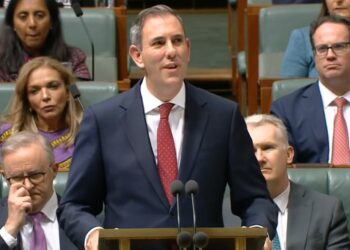Last week, Adviser Ratings released its 2023 Australian Financial Advice Landscape report, which provides a snapshot of the wealth management industry.
According to the report, the average age for an Australian adviser has dropped from 51 years old in 2021 to 49 years old in 2022, while the average salary has improved 7.4 per cent from $135,000 to $145,000 over the last 12 months.
“In 2022, the population of registered retail advisers reached a new low of 15,819,” the report said.
“In this same year, the number of advisers fell across all advice segments, except privately-owned (1-10), which grew 1 per cent, and privately-owned (100+), which slightly increased by five advisers only.
“Of notable interest is the big shift away from institutional advice industry segments in favour of privately-owned firms. Especially with the big loss of both bank and limited licensee segments.”
Advice clients are, on average, 56 years old and pay an annual fee of $4,250 compared to 2021 when they averaged 60 years of age and paid an annual fee of $4,000.
Building super and planning for retirement were the main reasons that clients sought financial advice, and the report found that advice clients had an above average level of financial literacy.
An adviser’s average client base was 119 clients in 2022, with 28 being once-off clients and 91 being recurring clients. In 2021, the average client base had 115 clients, with 27 being once-off and 88 recurring.
The average practice had fewer than 10 advisers and revenue between $500,000 and $1 million, which is in line with the 2021 results. Moreover, Adviser Ratings revealed that an average adviser had $82 million in funds under advice (FUA), up from $79 million in 2021, and the average practice had $205 million FUA, up from $200 million.
“There are 6,348 practices in Australia (8 per cent decrease on 2021) averaging 2.50 advisers per practice in 2022, down from 3.1 four years ago,” the report said.
“This highlights the impacts of ongoing fragmentation within the industry and the shift to self-licensing identified above.
“We continue to hold the view that practice consolidation will need to occur to release efficiencies and to spread regulatory costs that are severely impacting businesses that may be sub-scale or deficient in their operating compliance model.”




A person tied up in red tape looking stressed?
You forgot the average adviser likely has some mental health issues due to the state of industry, media perceptions, overzealous regulators, etc.